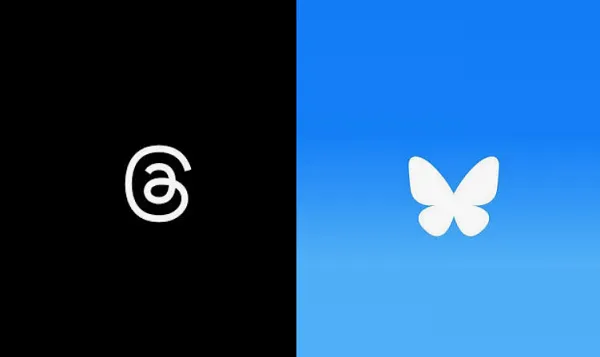In a compelling new example of AI-powered architectural design, Anthropic's latest AI model has successfully constructed an intricate mansion within the popular video game Minecraft.
Even though the newly upgraded Claude 3.5 (Sonnet) was not specifically trained in Minecraft building, it was able to approach the challenge with more creativity than expected, possibly opening up new avenues for the use of LLMs.
This was actually part of an experiment done by X user Adonis Singh, who built on an existing project called Mindcraft, which uses text commands to allow LLMs to interact with Minecraft.
While the mansion generated by Claude 3.5 (new) may not win design awards, it still reflects a strong ability within the model to approach challenges it was not trained for with creativity and reasoning.
How do you use Claude in Minecraft?
Tried a much larger build project with 3.6 sonnet.Told it to create a massive mansion step by step.My pc nearly crashed lol pic.twitter.com/fQyqSzmh0VOctober 27, 2024
Once connected to Minecraft, Claude 3.5 Sonnet (new) incorporated features such as domes, arches, lighting, color contrast, symmetry, and both interior and exterior detailing to put together a detailed design of a mansion.
Despite criticisms about the mansion's aesthetics, it unmistakably resembles a substantial residential structure, especially considering the AI's lack of specialized training in Minecraft construction techniques.
To enable Claude 3.5 (new) to engage with Minecraft, Singh had to go through several steps. Mindcraft, which has its own repository on Github, lets AI models interact with Minecraft in a way that's similar to the text-based MUD games popular in the 1990s.
It employs a separate non-AI program to interpret the language model's output and execute the corresponding commands within the Minecraft environment.
What the future has in store
As artificial intelligence continues to evolve, it's plausible that future versions of language models could produce even more structurally sound and visually appealing architectural designs, which might even have real-world applications. But right now, Singh's experiment stands as a great example of the AI's capacity to address complex, creative tasks without explicit training, which can only speak well for Anthropic.
As a matter of fact, more opportunities for this line of experimentation may open up sooner than you think. Anthropic's recently launched Claude Sonnet and Claude Haiku models introduce an experimental "computer use" feature, which allows the models to interact with computer interfaces, enabling it to perform tasks traditionally reserved for human operators.
That means being able to power complex use cases like Minecraft building, which require Claude to interact directly with the desktop’s GUI, without needing to use third-party programs like Mindcraft. Being able to perform these functions natively can open up many more opportunities for experimentation, so we might see more examples like this floating around social media in the coming weeks.
More from Tom's Guide
- I asked ChatGPT how I should trim my beard — here's how it went
- I’ve been using ChatGPT Voice — 7 ways it beats the new Siri
- Runway just changed filmmaking forever — Act-1 lets you control AI characters





















 English (US) ·
English (US) ·